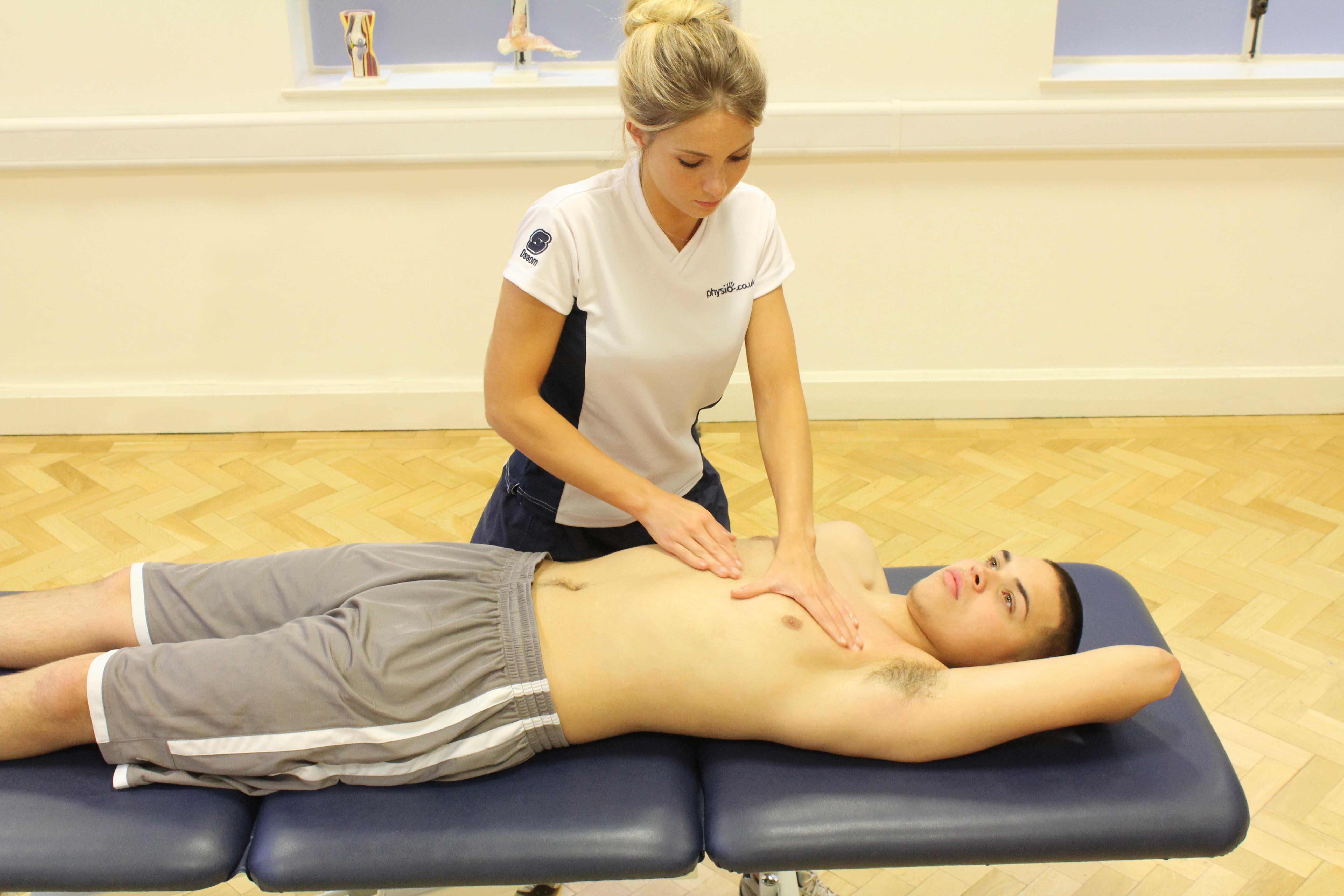Cardiac Surgery is surgery of the heart. After the operation patients will experience chest pain, shortness of breath and decreased tolerance to exercise until they have fully recovered. Physiotherapy is very important after cardiac surgery as it will enhance your recovery and promote your independence.
Purpose of cardiac surgery
The purpose of cardiac surgery is to treat damage to the heart. The most common indications for heart surgery are coronary artery and valve disease. Surgery is also performed for heart transplants, rhythm disorders, and ventricular aneurysms.
Types of cardiac surgery
Common types of cardiac surgery include coronary artery bypass grafting (CABG), angioplasty, pacemakers, and valve displacement:
- CABG - uses a blood vessel (called a graft) taken from the chest, leg or arm to bypass a narrowed or blocked coronary artery.
- Angioplasty / Percutaneous Coronary Intervention (PCI) - uses a thin flexible tube which is inserted into the coronary artery to widen the narrowed vessel. A balloon at the tip of the tube is inflated at the narrowed section of artery to force it wider. A 'stent' (a smaller tube) is then left in place to keep the artery widened.
- Valve Replacement – involves removing the damaged valve and replacing it with an artificial valve made of either carbon fibre or human tissue.
- Pace Maker – is an electrical device which regulates the heart beat.
 |
| Physio |
Reasons for Surgery
A person may have cardiac surgery if they have coronary heart disease or following a heart attack, angina and an aortic abdominal aneurysms. These cardiac problems are associated with:
- Sudden chest pain (commonly down the left arm or left side of the neck),
- Shortness of breath,
- Palpitations
- Sleep apnoea
A person is at risk of developing heart problems if they have:
- High Blood Pressure
- High Cholesterol
- Diabetes
- Obesity
- Do not exercise
- Smoke
Physiotherapy Treatment
You will benefit from physiotherapy treatment following your cardiac surgery. Physiotherapy will help you enhance your recovery by keeping you active and promoting your independence. Physiotherapy will encourage you to mobilise independently from a very early stage postoperatively. Cardiac rehabilitation after surgery will maximise your potential and help you achieve activities that were previously difficult. Physiotherapy after your operation will increase your cardiovascular fitness and sense of well being and give you a new lease of life. Physiotherapy treatment will take you through a graduated exercise program to help you increase functional abilities and include:
- Reducing anxiety
- Reducing pain
- Muscle strengthening to improve weakness
- Appropriate positioning to aid posture
- Prevention of reduced joint movements
- Increasing range of movement
- Promoting activities of daily living such as walking, climbing the stairs.
- Exercise to increase cardiovascular fitness and endurance
- Advice and support on health and diet
- Devices to help standing and walking if appropriate.
- Teaching transfers (getting in and out of a wheelchair, bed, car, shower/bath and onto and off a toilet).
- Regular chest expansion exercise to increase lung volume and remove chest secretions
- Relaxation techniques to help improve sleep
- Promoting independence

0Comments